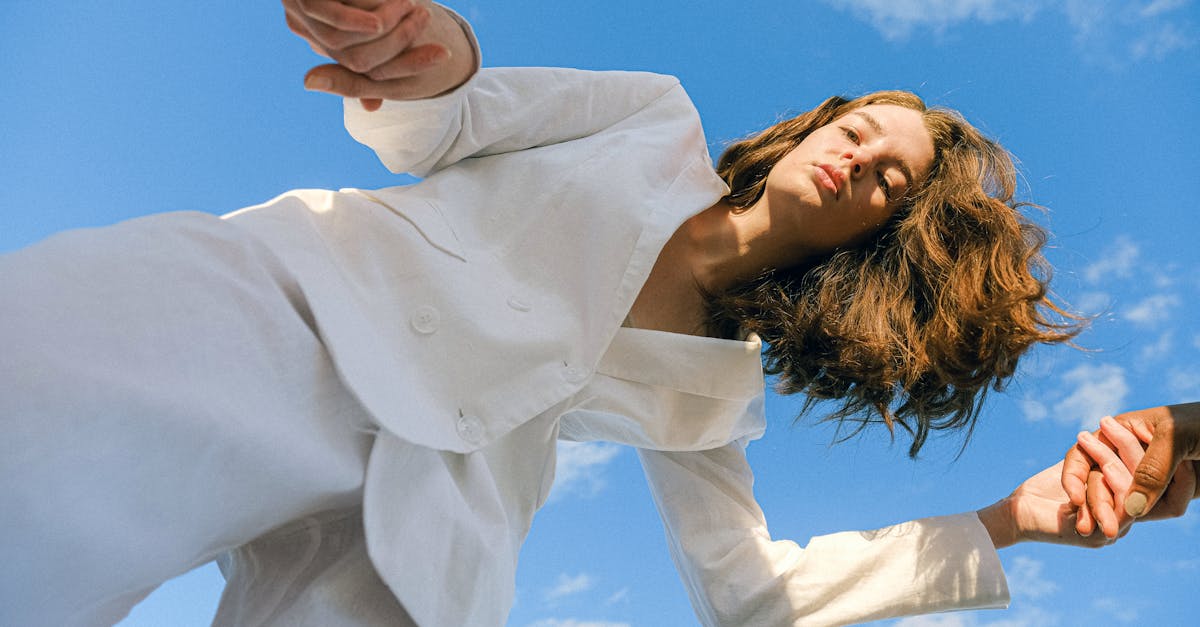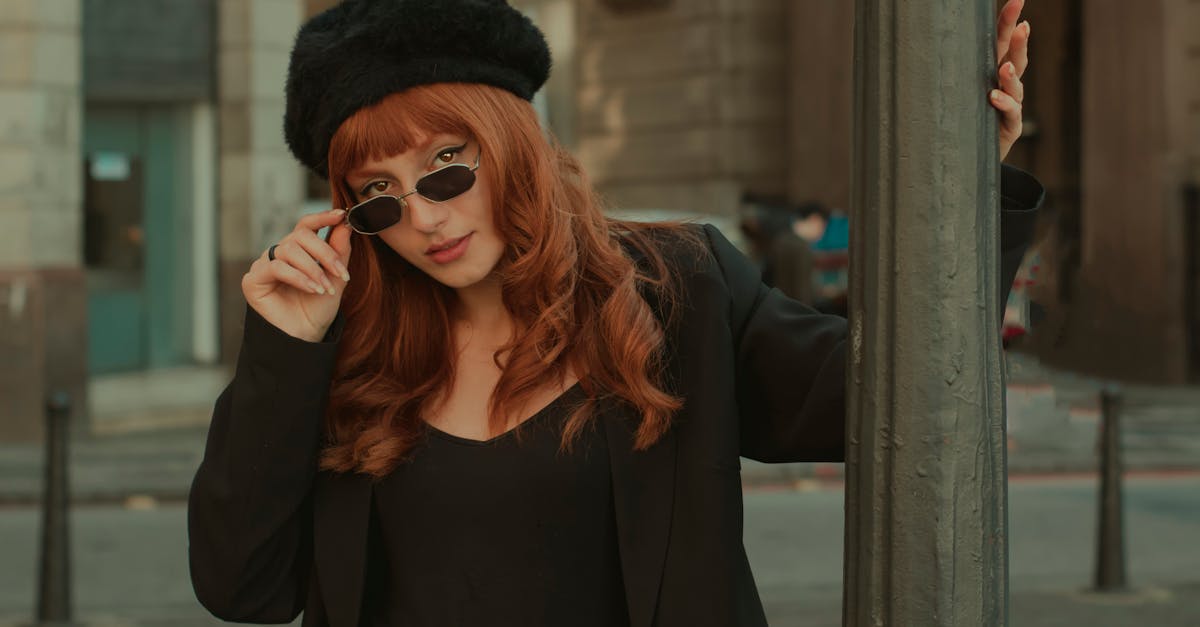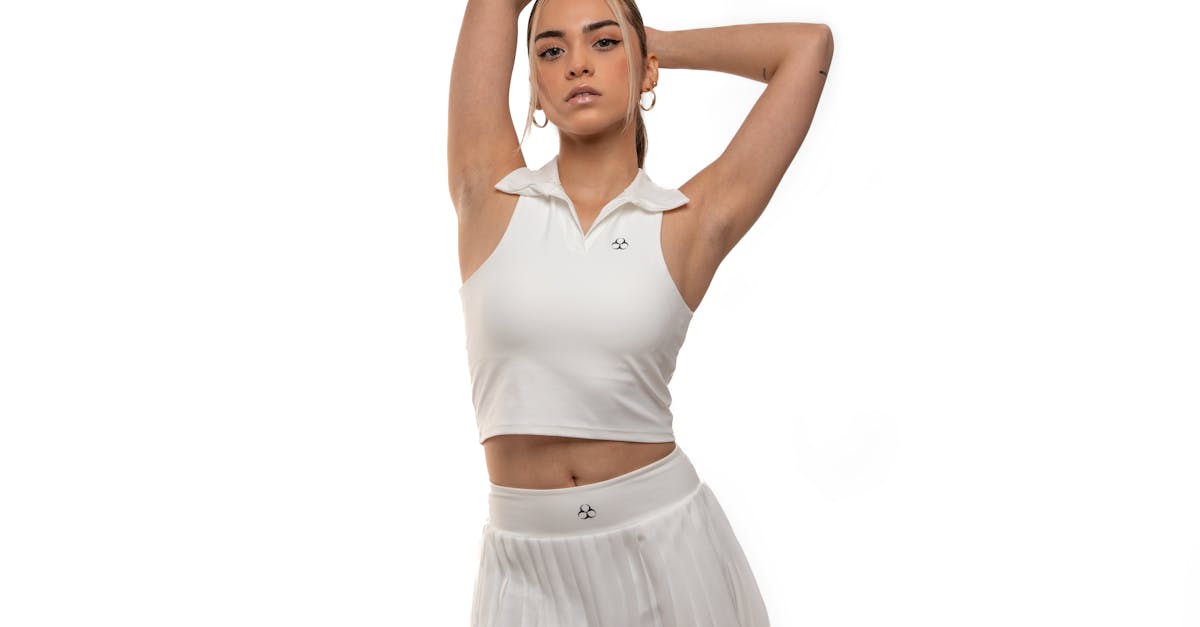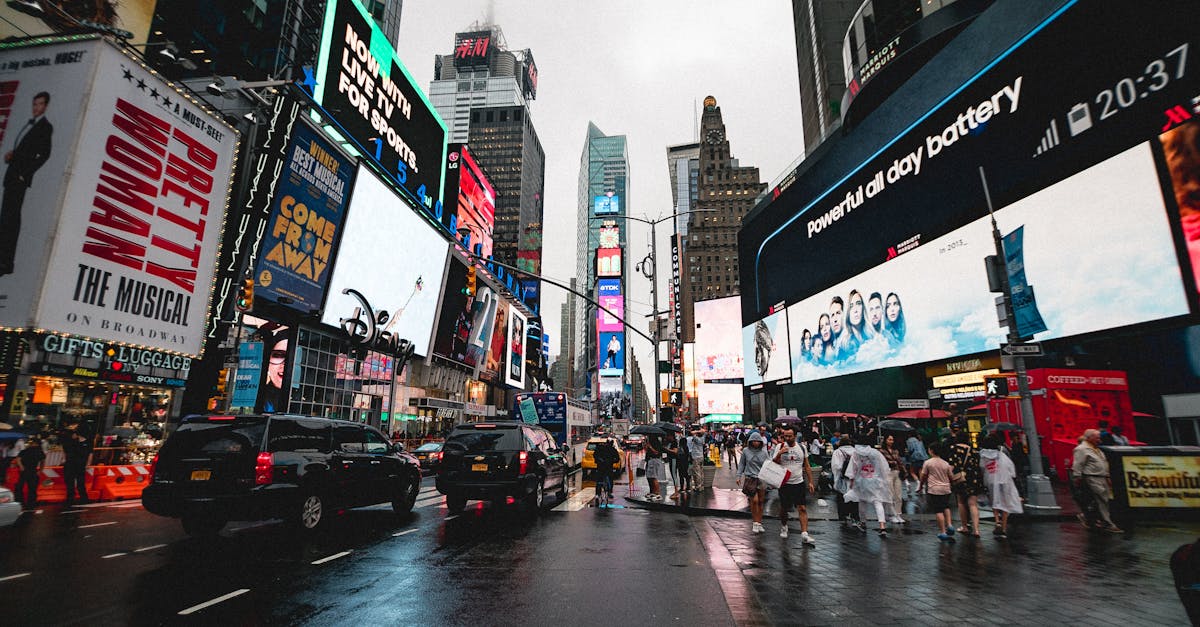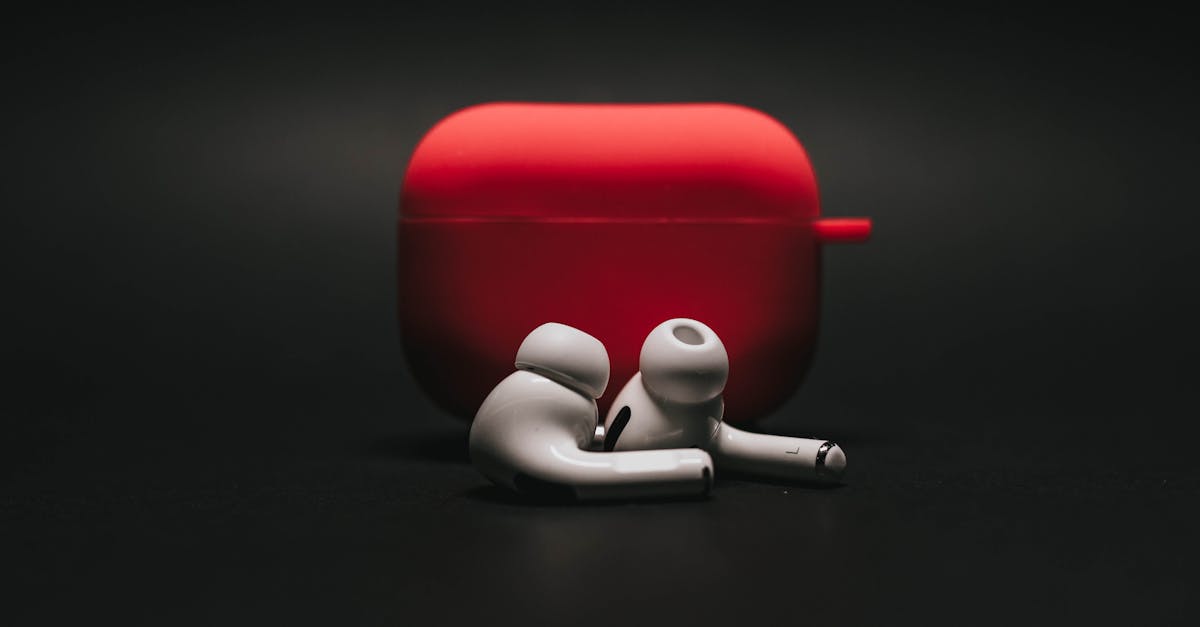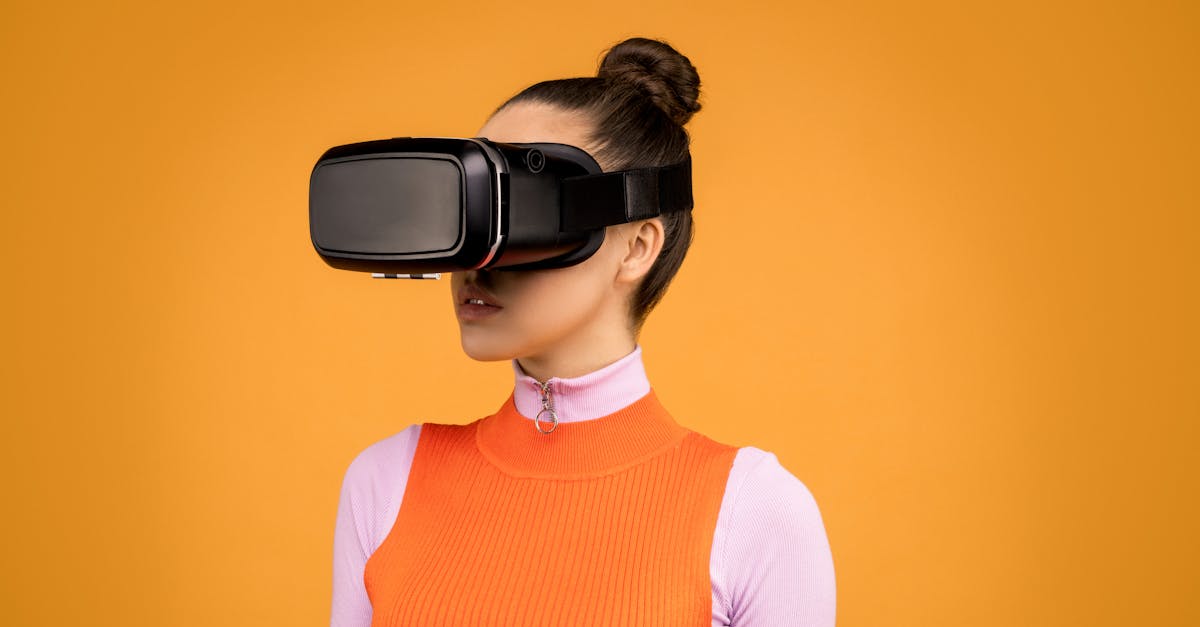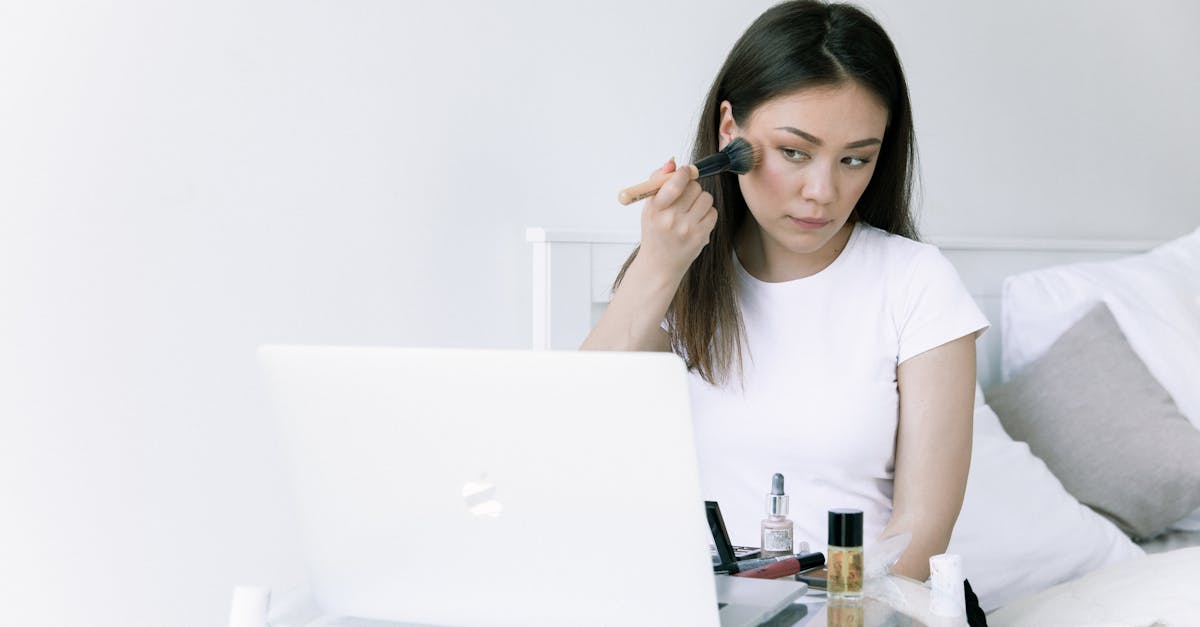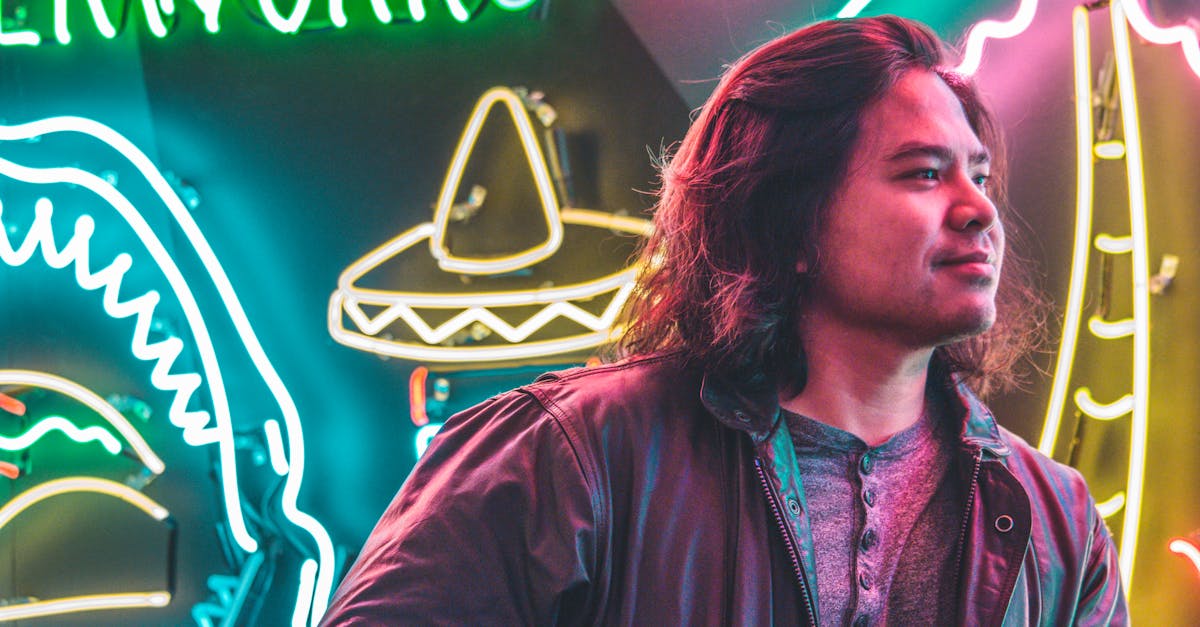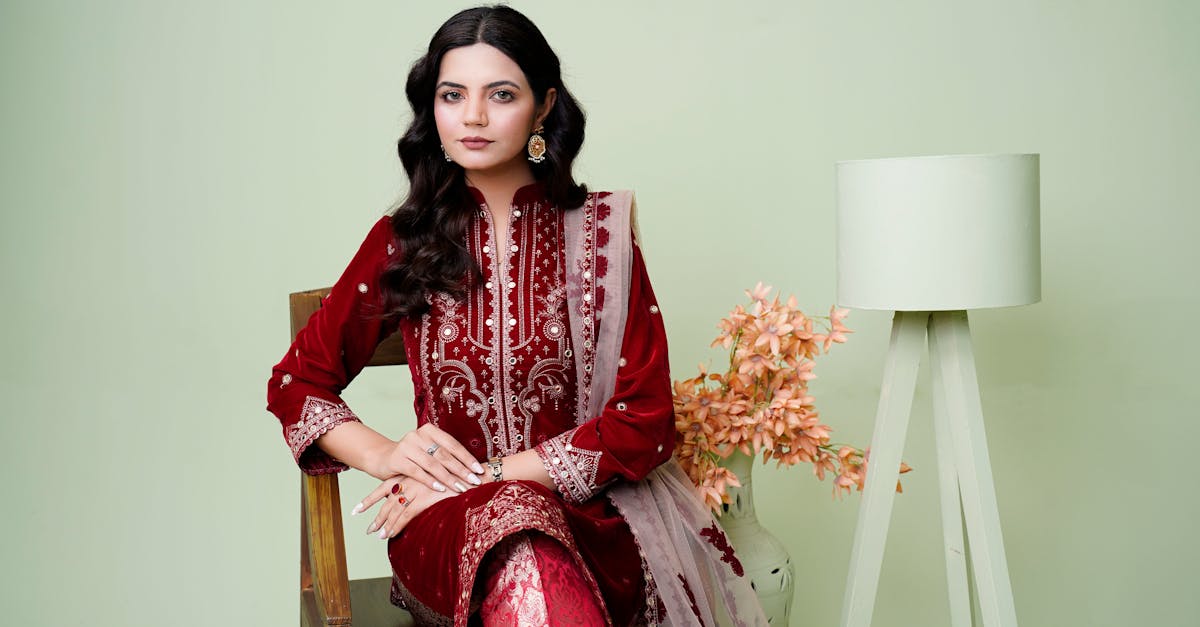Fashion Beauty Evolution Insights
Introduction to Fashion Beauty Evolution
Fashion and beauty have always been intertwined, with each influencing and redefining the other over decades. From the bold makeup of the 1980s to the minimalist trends of the 2010s, these elements reflect societal changes and cultural narratives. Beauty norms are continuously evolving, shaped by historical events, technological advancements, and popular figures. As society becomes more globalized, so do beauty standards, offering a diverse range of aesthetics and interpretations. Embracing this diversity, fashion houses and media play a pivotal role in highlighting beauty's many forms. Understanding this evolution provides insight into changing values and aspirations across generations.
Advertisement
Cultural Influence on Beauty in Fashion
Throughout history, cultural shifts significantly impact fashion and beauty standards. During the Renaissance, beauty was indicated by pale skin and voluminous dresses, showcasing wealth and affluence. In contrast, the Roaring '20s embraced short hair and flapper dresses, as women sought liberation and independence. The hippie movement of the 1960s sparked a shift toward natural beauty, with minimal makeup and free-flowing fabrics. Each era reflects society's changing norms and desires, and today, diverse cultural influences highlight modern trends. As the world becomes more connected, fashion celebrates diversity, leading to a richer tapestry of global beauty standards.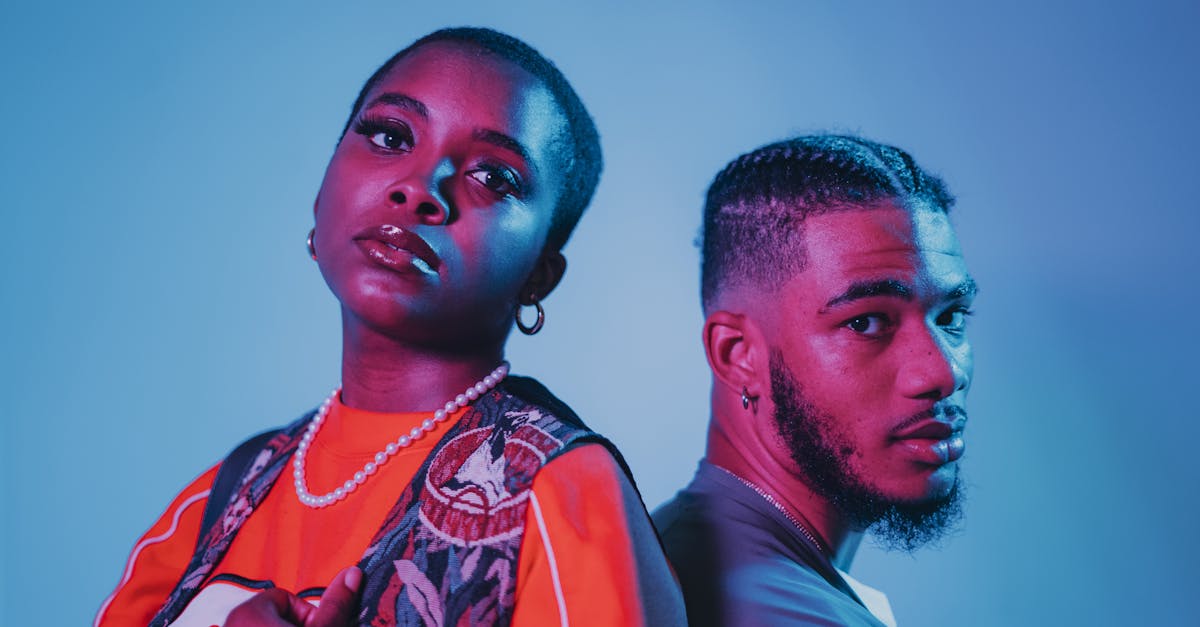
Advertisement
Technological Advancements Shaping Beauty
The beauty industry has seen radical transformations thanks to rapid technological advances. The 21st century introduced us to social media platforms like Instagram and TikTok, which have become arenas for showcasing and experimenting with beauty. This era also witnesses the rise of virtual makeup tools and AR technology, allowing consumers to try on looks virtually before purchasing. Enhanced skincare technology, such as the development of DNA-based regimens, promises personalized beauty solutions. Meanwhile, 3D printing provides bespoke fashion and makeup products. Technology empowers individuals, offering unprecedented customization and dictating new beauty paradigms.
Advertisement
Celebrity Influence and Fashion Trends
Celebrities have always been trendsetters, often defining and redefining beauty standards. Icons like Marilyn Monroe and Audrey Hepburn shaped beauty ideals during their times, with their legacies enduring. Today, influencers and celebrities like Rihanna, Ariana Grande, and the Kardashians hold global sway, setting trends via social media. Their platforms allow for the rapid spread of styles, from groundbreaking fashion on runways to innovative beauty products. This democratizes beauty, empowering fans to define personal style while influencing trends that fashion houses later adopt into mainstream collections.
Advertisement
Sustainable Fashion and Ethical Beauty
Sustainability and ethical practice are now central to the beauty and fashion industry narratives. Consumers increasingly prioritize eco-friendly and cruelty-free products, prompting brands to adopt more transparent and sustainable practices. From biodegradable makeup packaging to environmentally friendly fabrics like Tencel and organic cotton, brands are innovating for a healthier planet. Ethical beauty addresses not just environmental impact but also labor practices, ensuring fair wages and safe working conditions. This shift reflects an evolution in consumer consciousness, where beauty isn't just in the eye of the beholder but is also about taking responsible actions.
Advertisement
Gender Fluidity and Inclusivity in Beauty
Gender-fluid fashion and beauty are redefining the industry, breaking away from traditional binaries and encouraging authenticity. Increasing acceptance of non-binary and gender-nonconforming identities prompts brands to design gender-neutral clothing lines and beauty products. This movement pushes brands to think inclusively, leading to foundation shades covering diverse skin tones and all-gender collections. Celebrities like Billy Porter and Janelle Monáe challenge norms and inspire fans to embrace individuality. This evolution encourages self-expression, fostering a more inclusive community where fashion and beauty are tools for personal empowerment.
Advertisement
Digital Influence on Fashion Beauty Norms
The rise of digital influencers is one of the most significant shifts in how fashion and beauty standards are propagated. Social media influences like YouTubers, Instagrammers, and TikTokers have democratized beauty, challenging traditional gatekeepers of style. Their authentic content and personal reviews guide consumer choices and inspire new trends. Online communities further support diversity and innovation, offering spaces for dialogue and support. Brands increasingly collaborate with these influencers, recognizing the digital realm's power in defining and driving the next big trend. As digital landscapes evolve, they're reshaping both personal and collective beauty ideals.
Advertisement
Cultural Renaissance and Global Aesthetics
With globalization, a cultural renaissance in beauty is blooming, evident in current aesthetics that blend tradition with modernity. From K-beauty's influence with its multi-step skincare routines to African beauty rituals emphasizing natural ingredients, global aesthetics inspire modern beauty practices. This fusion generates cross-cultural inspirations, visible in fashion weeks worldwide that showcase diverse designers and models. Furthermore, traditional motifs and patterns merge with modern silhouettes, exemplifying a union of past and present aesthetics. Not only do these trends inspire fashion enthusiasts, but they also foster intercultural understanding and appreciation.
Advertisement
Representation and the Future of Beauty
Representation matters, and the fashion industry is gradually opening up to showcase diverse faces and body types. Campaigns featuring plus-sized models and pioneers like Winnie Harlow highlight vitiligo and redefine conventional beauty. Influencers break new ground across social platforms, allowing marginalized voices to be heard. This evolution signifies that beauty isn't monolithic but multifaceted, echoing a broader societal understanding. The future of beauty promises more representation, driving a commitment to inclusivity and diversity that resonates with consumers worldwide. Fashion and beauty will continue evolving, reflecting and embracing an ever-diverse society.
Advertisement
Summing Up Fashion Beauty Evolution
Fashion and beauty have undergone remarkable transformations, reflecting broader societal changes across generations. This evolution offers a lens into shifting values, aspirations, and identities. From embracing diversity to prioritizing sustainability, the industry welcomes new norms and narratives. As technology and global cultures intersect, fashion embraces inclusivity, ensuring a dynamic future. The ongoing evolution of beauty highlights a commitment to authenticity, offering endless possibilities for self-expression and creative reinvention. The journey of fashion and beauty represents not just aesthetic shifts but also deeper dialogues about identity and cultural progression.
Advertisement
